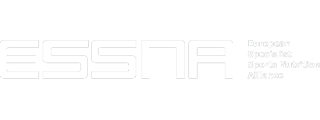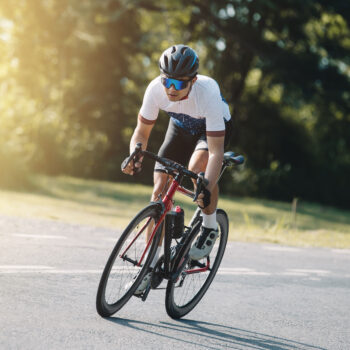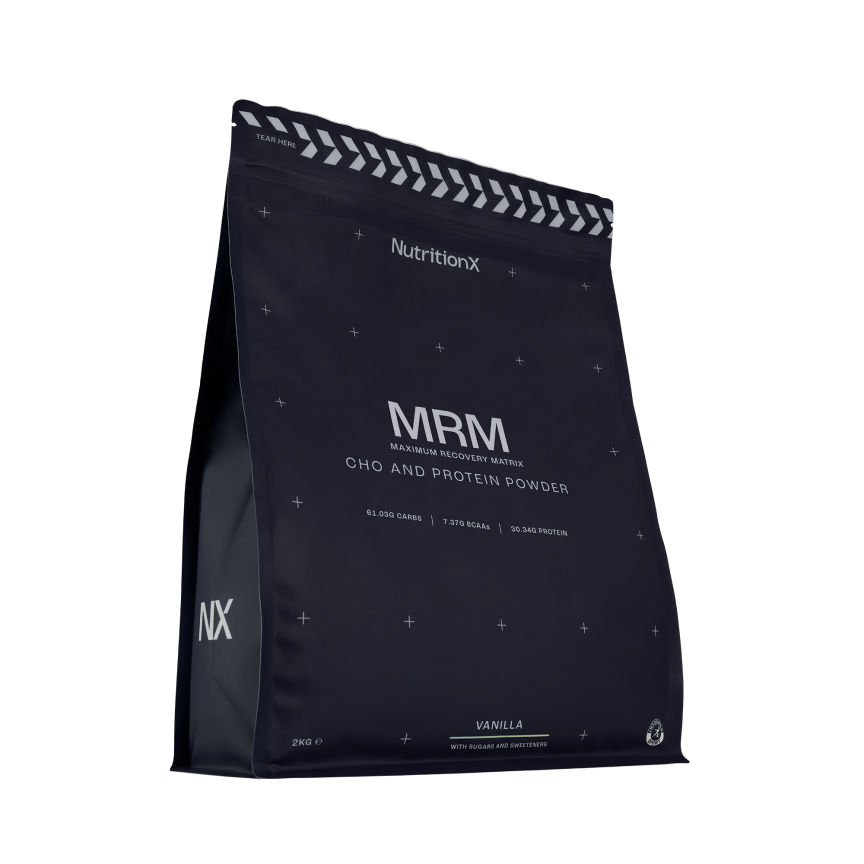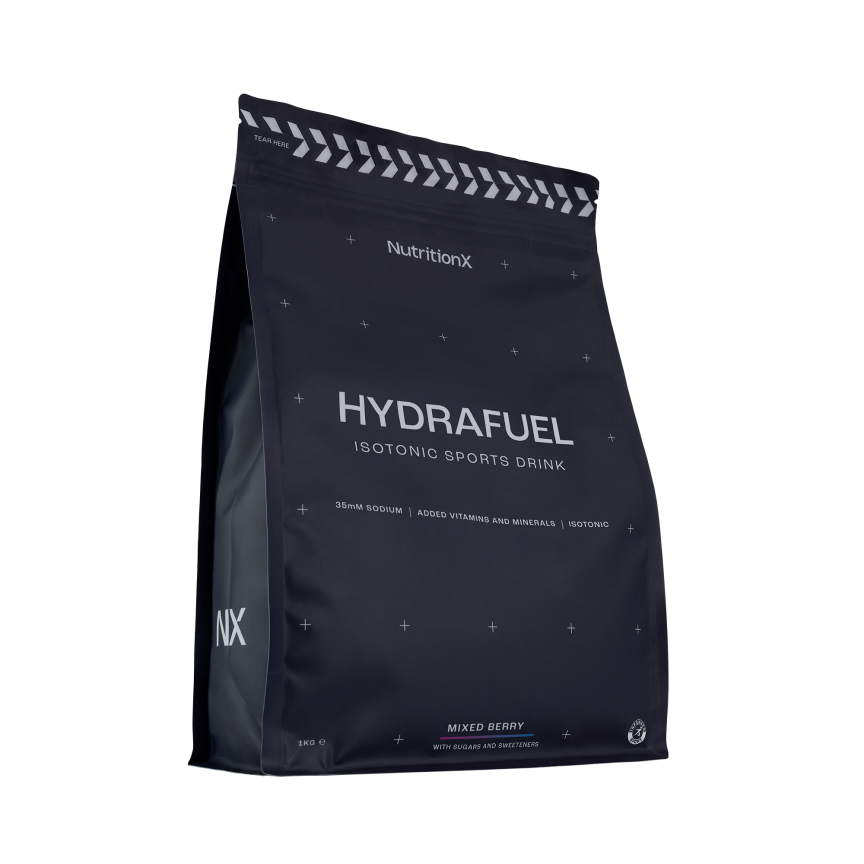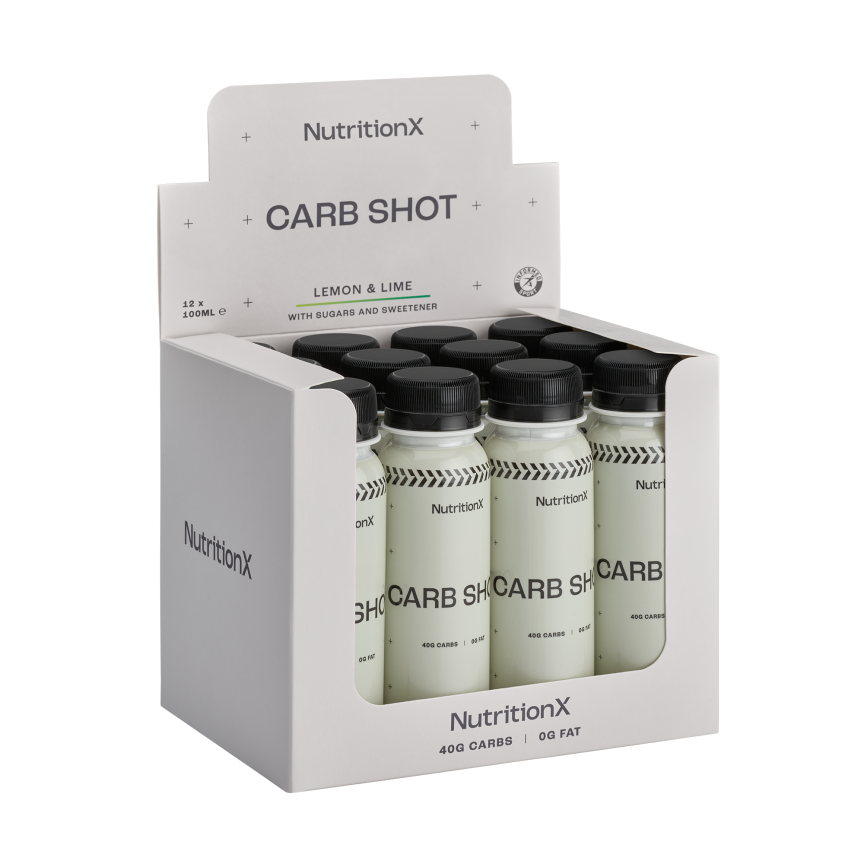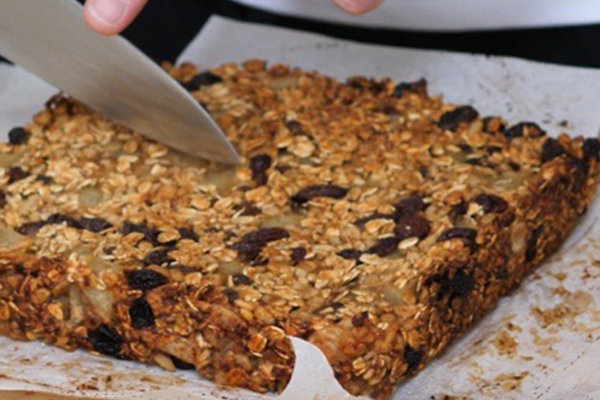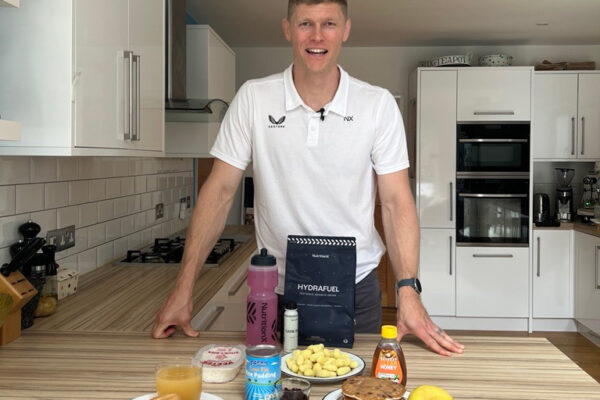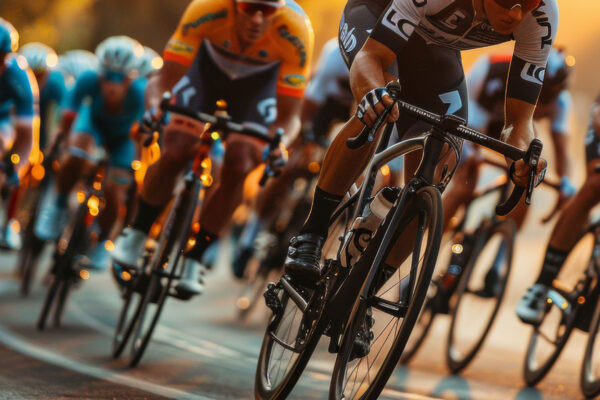The phrase ‘marginal gains’ has been synonymous with cycling success ever since the early 2000’s. In a sport where the watts can be tracked precisely, where the extra few grams off a carbon frame can help to shave seconds and the most aerodynamic position is desired, it can be easy to major in the minor detail and forget the massive gains that performance is built upon. This is where recovery nutrition should sit, as a big rock to build repeated performances upon.
How should cyclists plan recovery nutrition?
After any training session, the recovery processes need to be supported right from stepping off the saddle. The questions we should be asking are, ‘what have we just done?’ and, ‘what and when is our next session?’. How aggressive we need to be and how we organise the feeding opportunities can then quickly be brought into focus and a recovery nutrition plan put together.
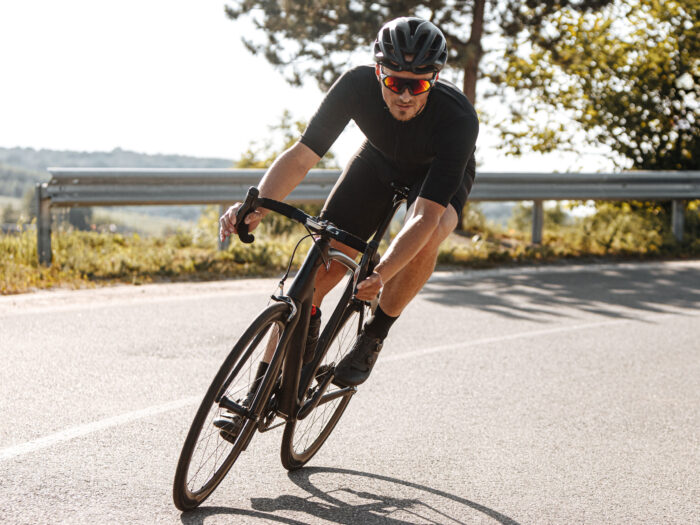
Whilst, at the elite end, multiple training sessions in one day may focus the time between each training bout, most cyclists may manage a single training session each day with a longer ride over the weekend. For both, the primary desire is to get the most from every session, so the processes of recovery nutrition are just as important for each. All cyclists should use the 4’R’s to meet their recovery needs: Refuel, Repair, Rehydrate and Rest.
What should cyclists eat for recovery?
It is important to remember that any feeding whilst ‘on the bike’ is complementary to the tank of fuel we have in our muscles (and liver). This ‘tank’ needs to be ready to complete the intensity and duration of each session, and what we do ‘on the bike’ is not going to cover up inadequate preparation between the last time you stepped out of the saddle and the next time you clip in. To ensure we get this recovery of fuel stores started straight away following a ride/training, simple and easy to consume carbohydrate foods should be our focus; with the portion to aim for being approximately 1-1.2g carbohydrate per kg of body mass.
So, for a 70kg cyclist, this could be between 70-84g carbohydrate in the first hour following training. If the session was very high intensity and/or lasted 2-3 hours or more, this can then be repeated each hour to meet total needs.
What type of ‘refuel’ carbohydrates should cyclists consume?
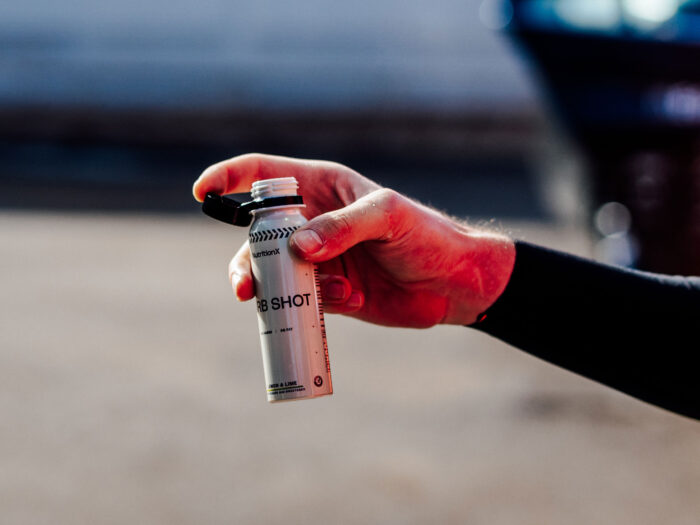
Quick carb-based refuelling can come from portable solutions such as fruits, rice cakes and energy or cereal bars, but often the quickest solution is a carbohydrate-based recovery drink option such as Carb Shot. The ease of making this up means this first hit can be achieved with speed and is easy to consume, especially when appetite can be challenging after a tough piece.
What can cyclists consume for muscle repair?
The second component of a solid off-bike nutrition strategy is to repair, and - as the name suggests - to not only recover any damage to working muscles, but also to help our body to adapt to the last session. For this, a portion of protein alongside some carbohydrate-based fuel complements the first steps. This can be especially effective after really tough intense training to ensure that performance the following day is optimal and further enhances the effect of consuming carbohydrates alone (1,2). A portion of 30g of protein as a 70kg rider is spot on to achieve this – whether it be food based, or with a multi-purpose recovery drink such as MRM.
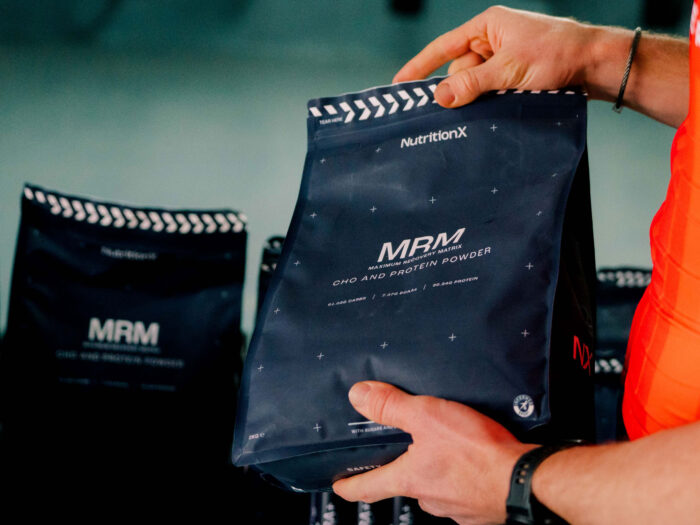
Is rehydration important for recovery?
Thirdly, we need to ensure any losses of fluid are accounted for and understood, so we can rehydrate effectively. This is always a challenge throughout the year. The obvious hot and humid days can lead to big losses, but actually the winter months- with lower thirst responses - coupled with plenty of warm layers, can cause really high sweat rates and underestimated deficits. Its always best to have a quick look at body mass losses without your sweaty kit on and appreciate that for every 1kg of body mass lost, we need to consume 1-1.5L of fluids.
This can simply be from increasing water consumed during the recovery period, and this can be as part of smoothies or shakes, but also in milk, fruit juice and the liquids in fruit and veg as part of meals. If we have really large fluid losses of 1.5-2kg body mass or more (for a 70kg rider), we can use electrolyte drinks such as Hydra+ or Hydra 10 as an effective way of replenishing fluid alongside key electrolytes such as sodium, potassium and magnesium.
Should cyclists rest as part of a recovery strategy?
Finally, rest is the last part of the puzzle when it comes to adequate recovery. Allowing time for quality sleep to ensure that ‘tank’ of fuel is stored ready to be accessed again on the next ride is vital, also allowing our immune systems to be ready to take on the next high intensity efforts and gruelling terrain. Ultimately, every time you step out of the saddle, think about what you have just accomplished and what is coming next that you need to prepare for. Get your big, foundation rocks in place and refuel, repair, rehydrate, and rest well!
References
- Sollie, O., Jeppesen, P., Tangen, D., Jernerén, F., Nellemann, B., Valsdottir, D., Madsen, K., Turner, C., Refsum, H., Skålhegg, B., Ivy, J., & Jensen, J. (2018). Protein intake in the early recovery period after exhaustive exercise improves performance the following day.. Journal of applied physiology. https://doi.org/10.1152/japplphysiol.01132.2017.
- Rustad, P., Sailer, M., Cumming, K., Jeppesen, P., Kolnes, K., Sollie, O., Franch, J., Ivy, J., Daniel, H., & Jensen, J. (2016). Intake of Protein Plus Carbohydrate during the First Two Hours after Exhaustive Cycling Improves Performance the following Day. PLoS ONE, 11. https://doi.org/10.1371/journal.pone.0153229.


